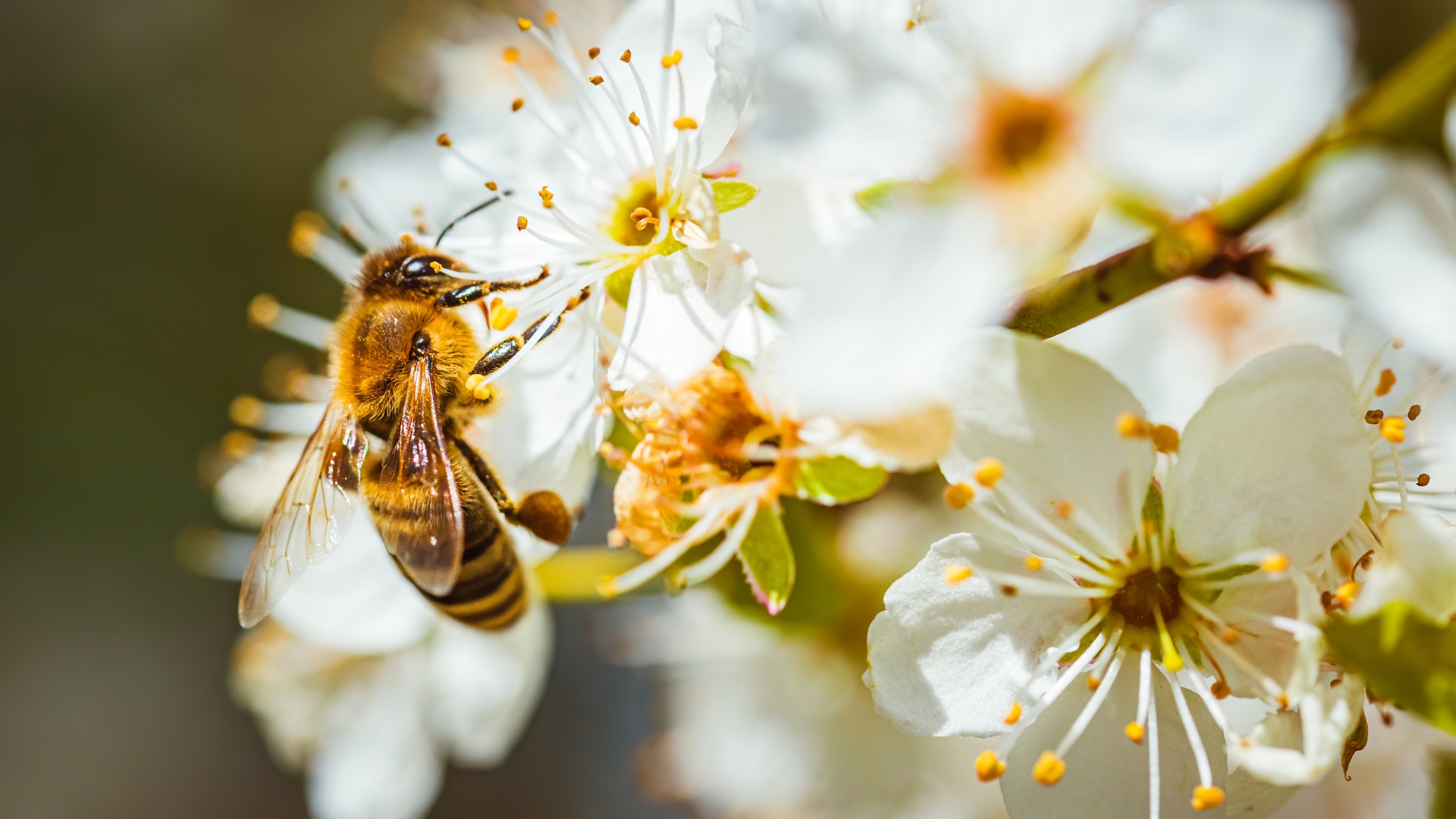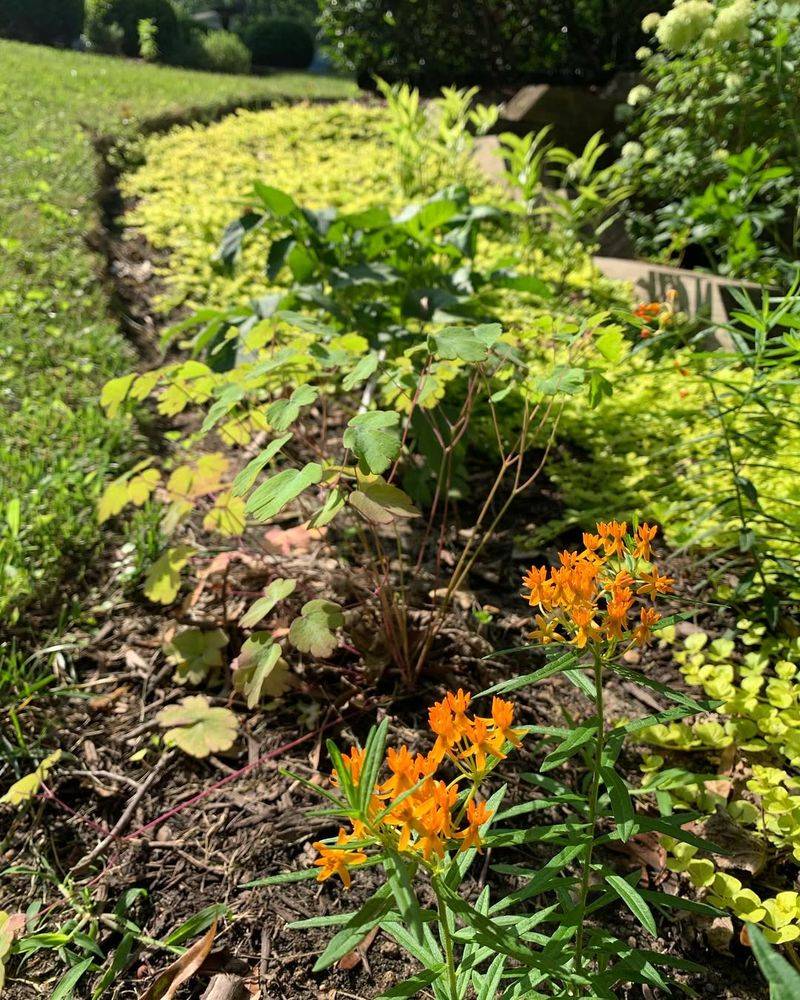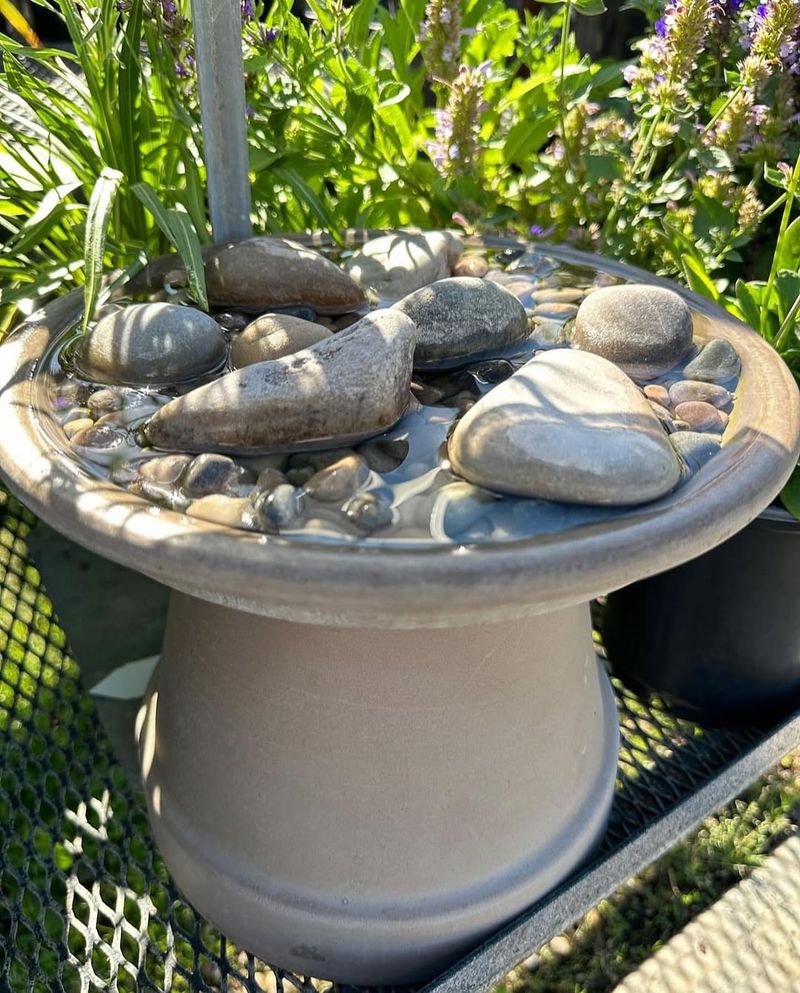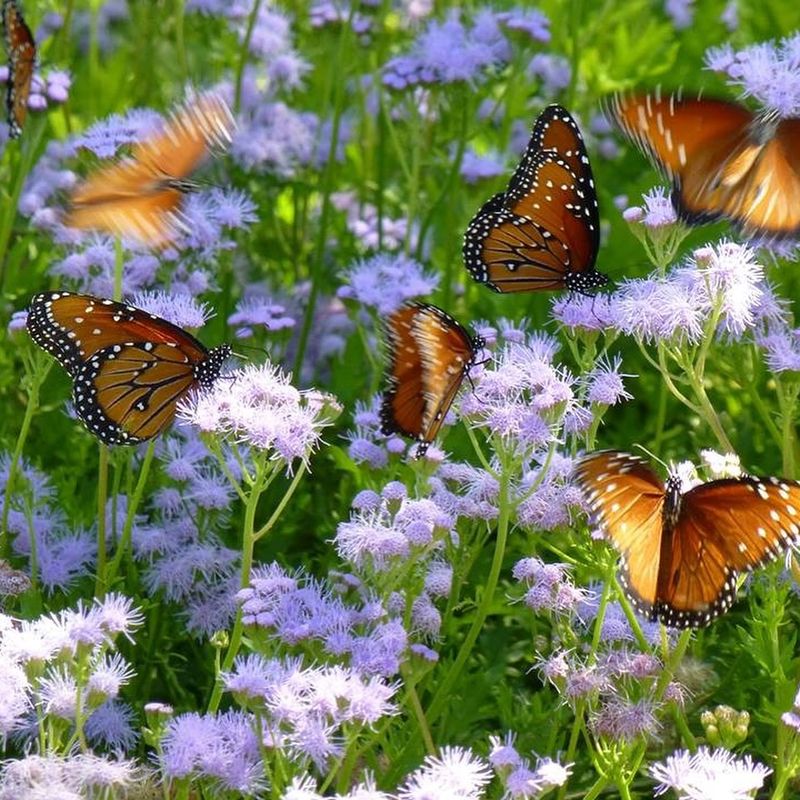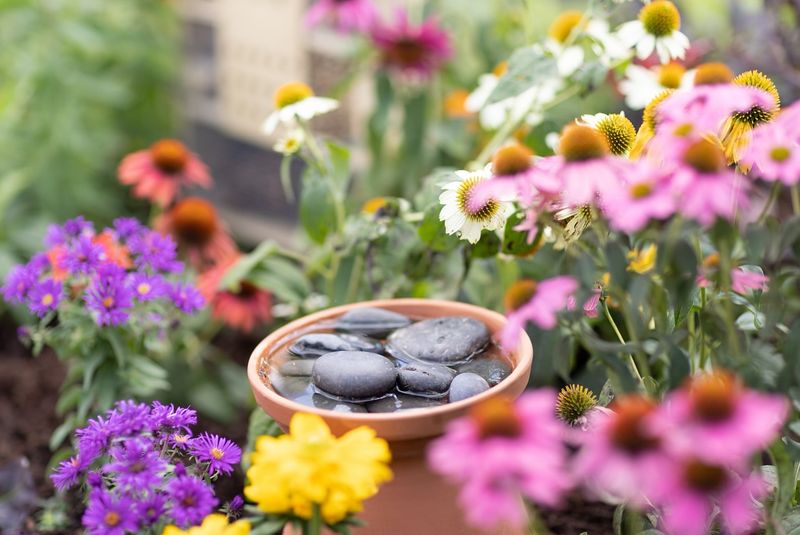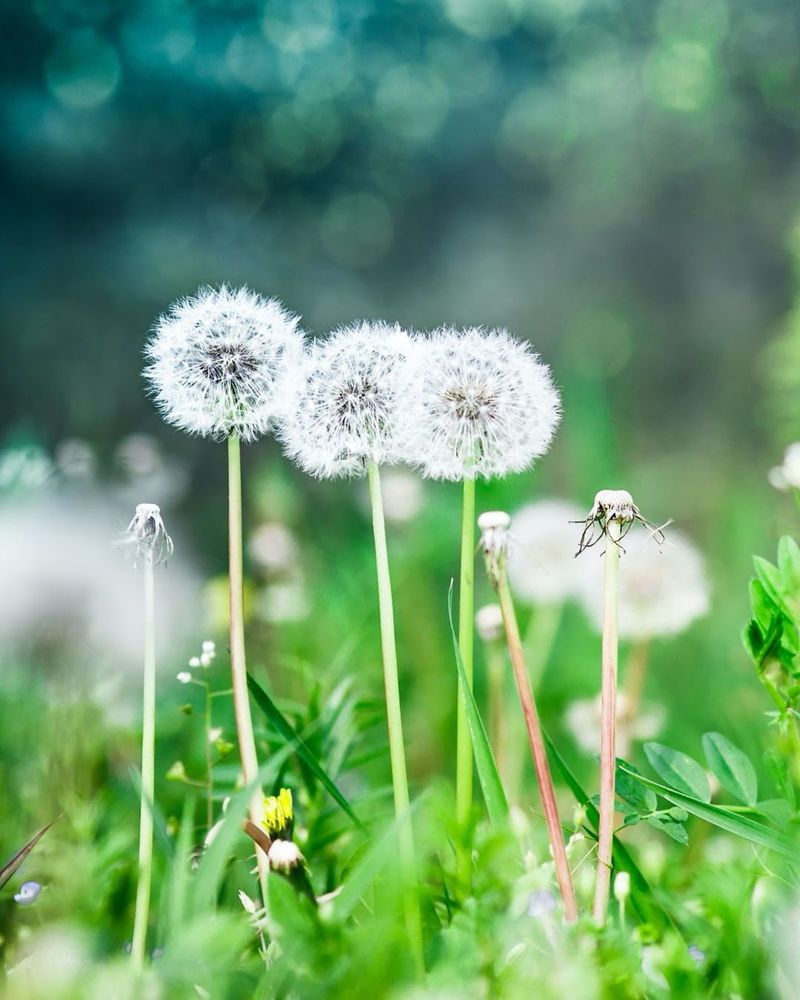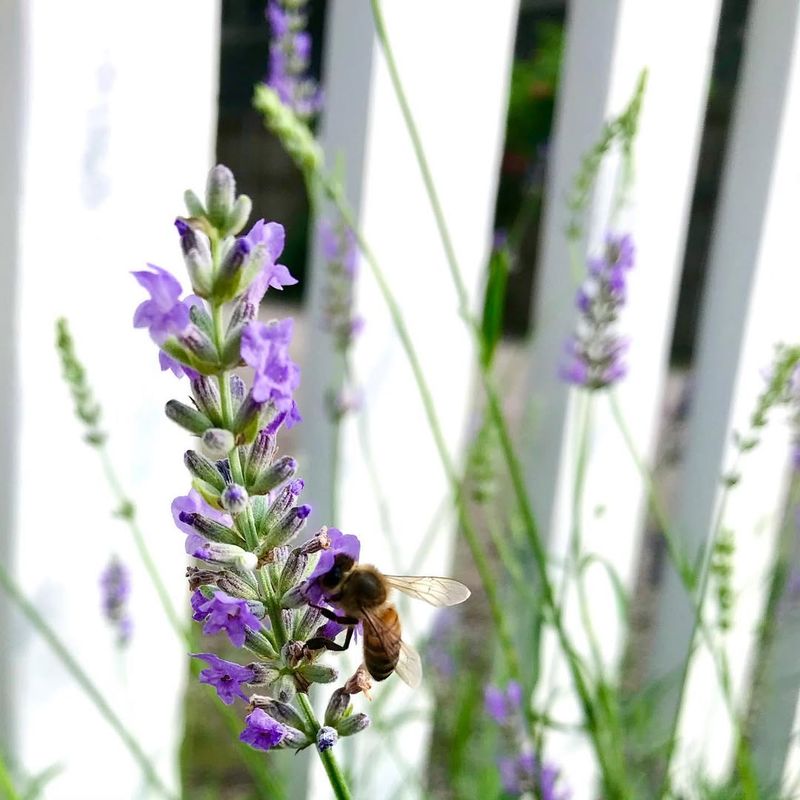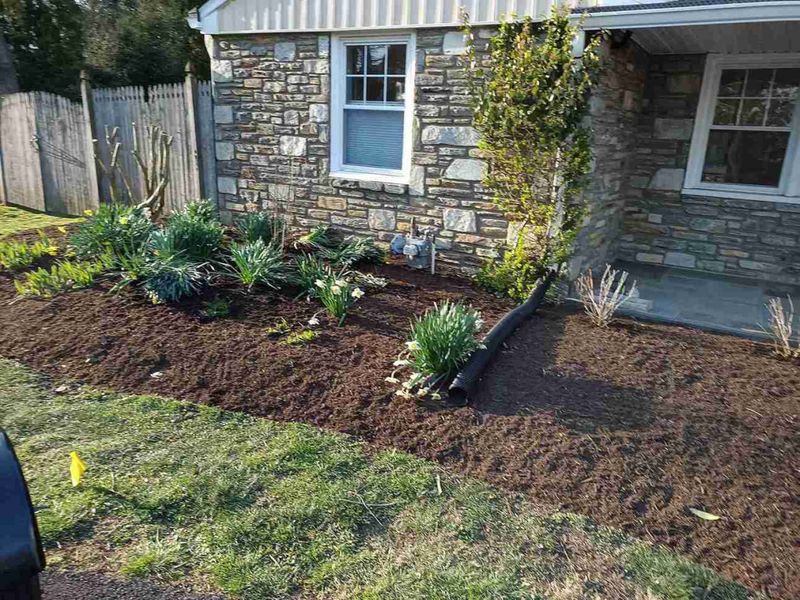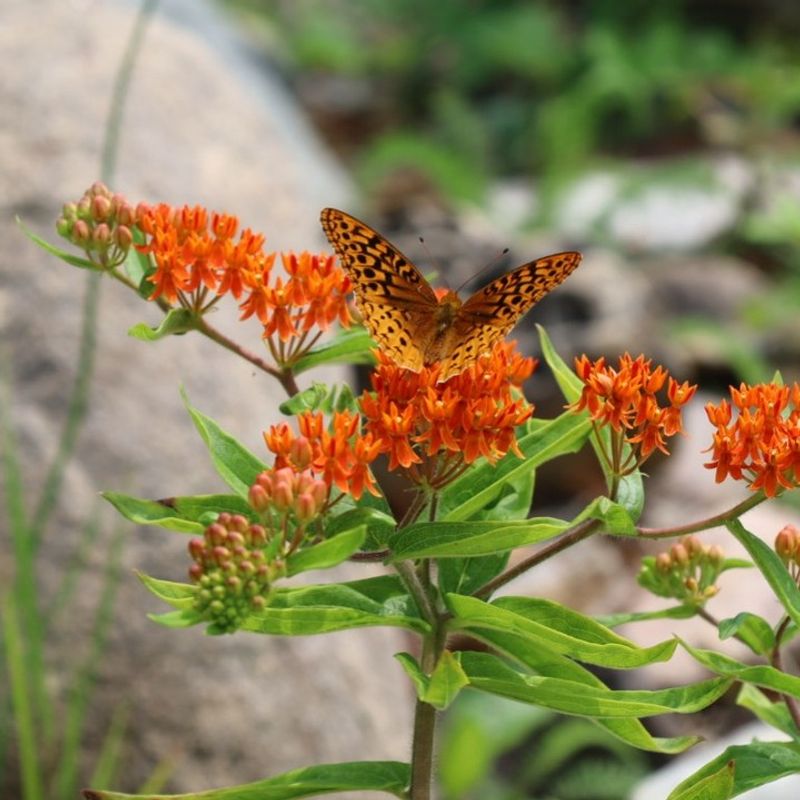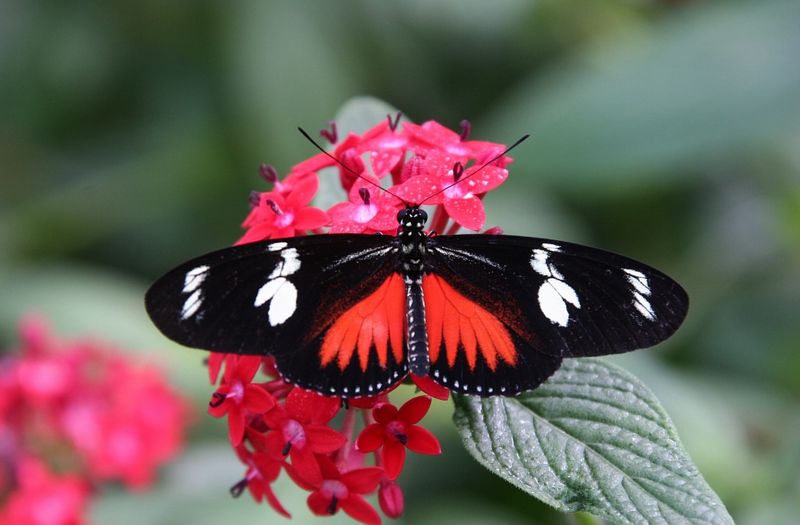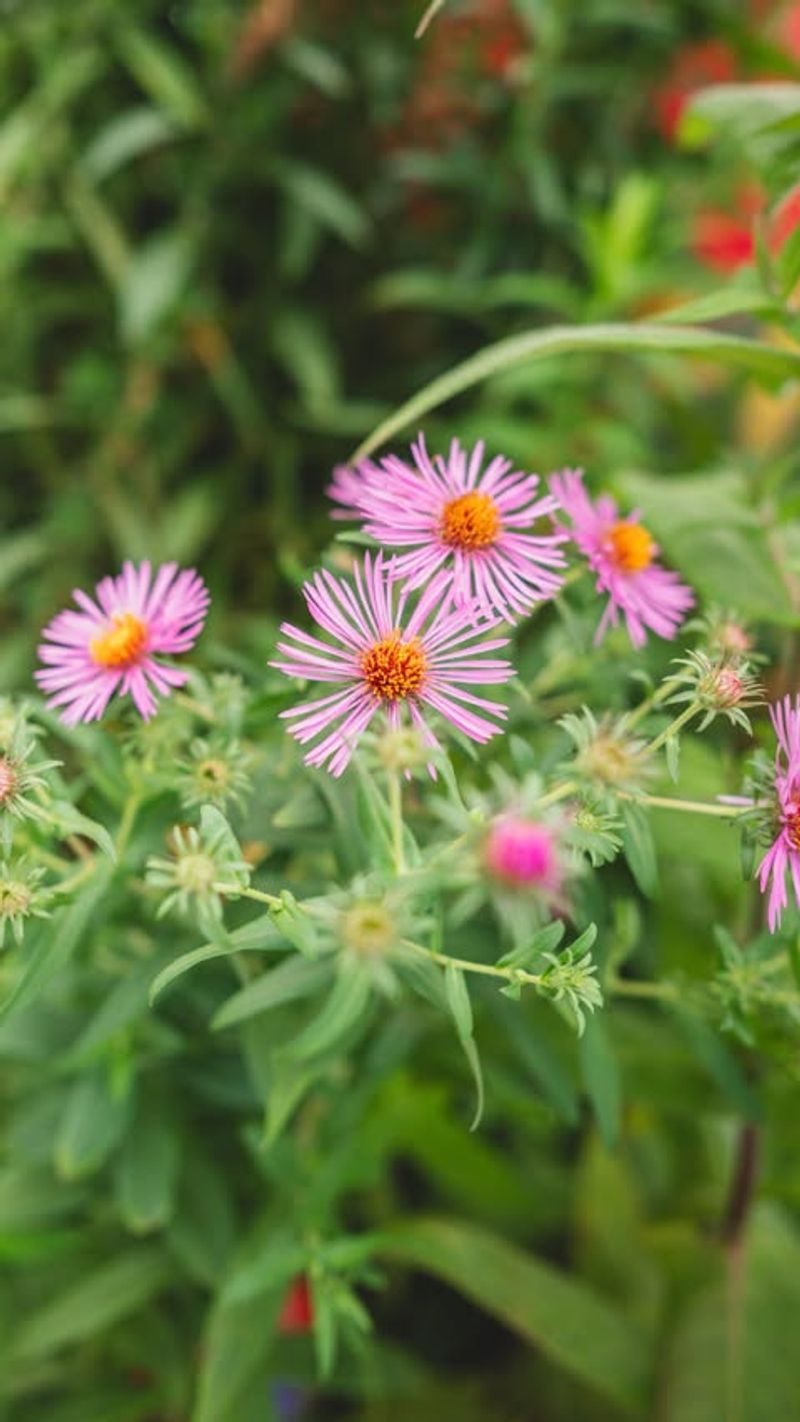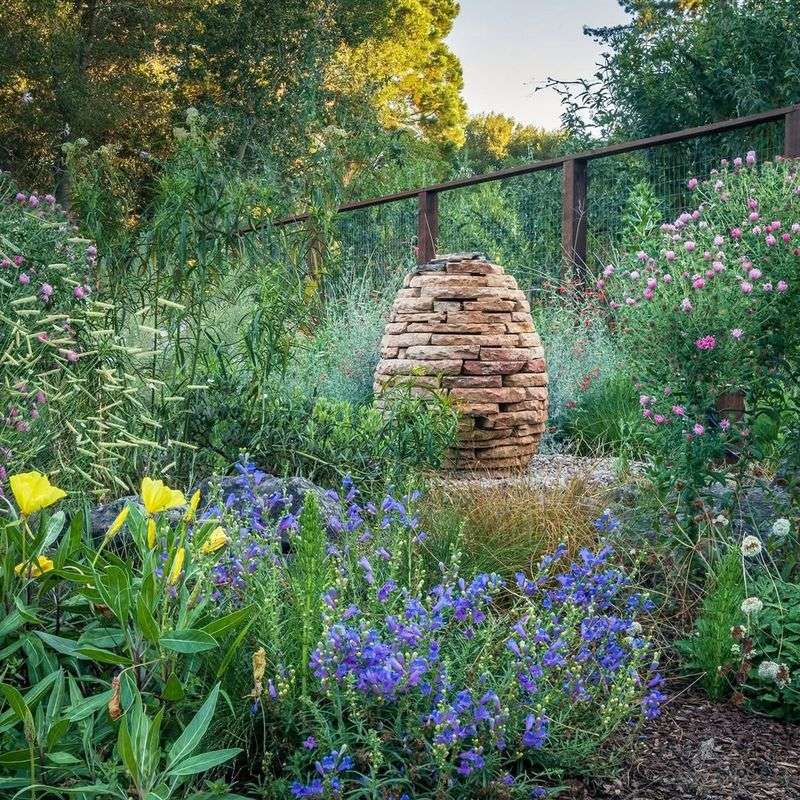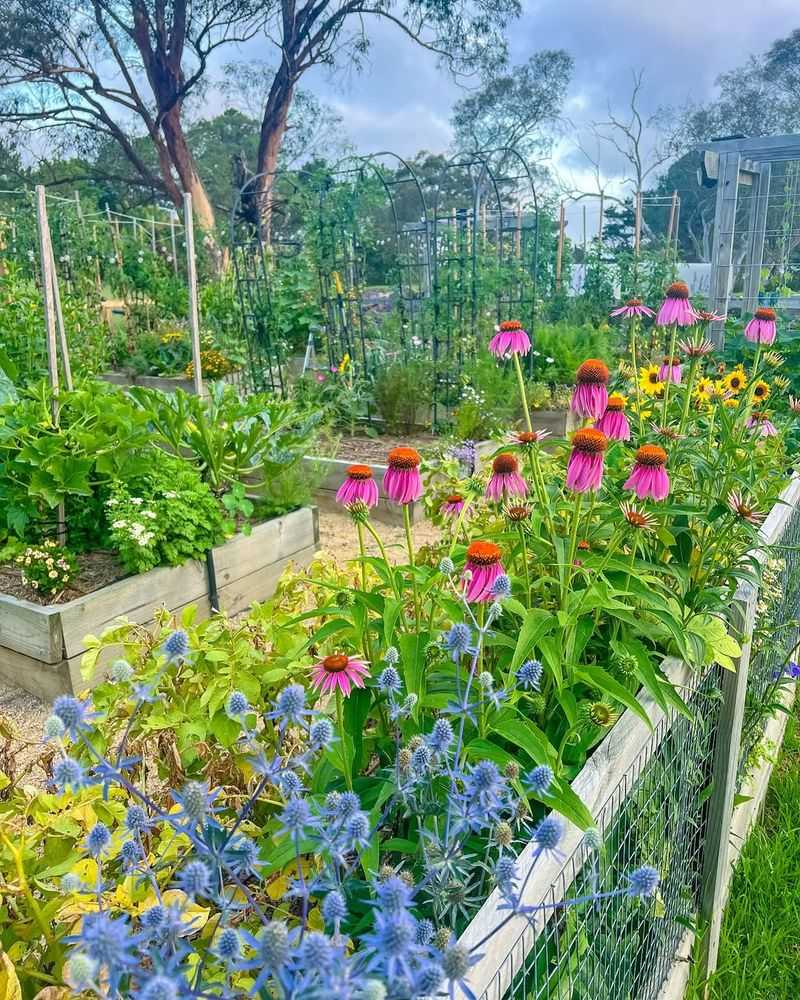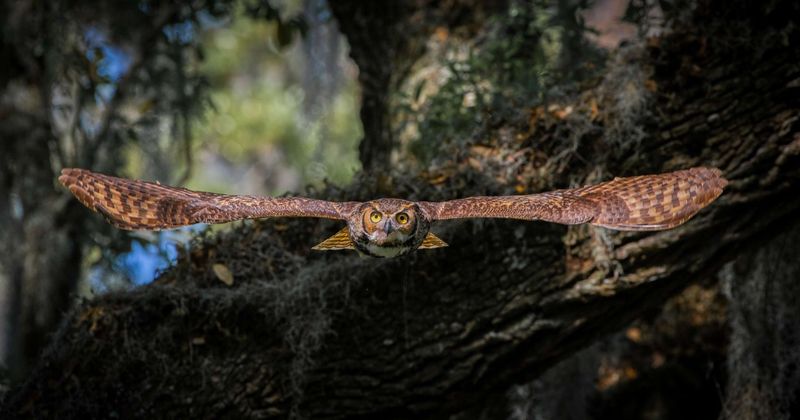Spring has sprung—and there’s no better time to breathe new life into your yard while giving nature a helping hand. Bees, butterflies, and hummingbirds aren’t just beautiful visitors; they’re vital pollinators that keep our gardens blooming and our food growing. With just a few simple changes, you can create a colorful, buzzing sanctuary that supports these tiny heroes and brings your outdoor space to life.
1. Plant Native Flowers
Native flowers are like a welcoming mat for pollinators. They provide the right nutrients and attract local bees, butterflies, and other beneficial insects.
Planting these flowers ensures that your yard becomes a natural stopover for pollinators. Mix various species to create a rich tapestry of colors and textures that delight the senses. Native plants are adapted to your local climate, reducing the need for fertilizers and pesticides.
This makes your garden more sustainable and eco-friendly.
2. Create a Water Source
Pollinators need water to drink and cool off. Adding a small water source like a birdbath can attract these creatures to your yard.
Ensure the water is shallow and refreshed regularly to keep it clean and inviting. Adding a few stones can provide resting spots for tired bees.
This simple addition to your garden benefits not only pollinators but also adds a charming element to your outdoor space.
3. Avoid Chemical Pesticides
Chemicals can harm pollinators, disrupting their delicate ecosystems. Choosing natural alternatives or manual pest control can protect these vital insects.
Encourage beneficial bugs that naturally control pests, reducing the need for harmful chemicals. This approach supports a healthy garden ecosystem, enhancing biodiversity. Plus, your garden will become a safe haven for pollinators to thrive and reproduce.
4. Provide Nesting Sites
Pollinators like bees need safe places to nest. Installing bee hotels or leaving areas of bare soil can offer perfect habitats.
These sites allow pollinators to rest and lay eggs, securing future generations. Nesting sites add an educational and aesthetic element to your garden.
They also play a crucial role in maintaining a balanced ecosystem.
5. Grow a Variety of Plants
Diversity is key in attracting a wide range of pollinators. By growing a mix of plants, you provide food and shelter year-round.
Different bloom times ensure pollinators always find nourishment. Mixing annuals, perennials, and shrubs can create an inviting garden landscape.
This variety adds beauty and resilience to your garden, supporting pollinators’ needs throughout the seasons.
6. Include Fruiting Plants
Fruiting plants offer food sources that attract pollinators. Flowers on these plants provide nectar, while the fruits support other wildlife.
Including a few fruiting bushes in your garden can enhance its appeal and usefulness. As they mature, these plants become a delightful part of the ecosystem, offering sustenance to pollinators and other creatures alike.
7. Let Some Weeds Grow
Not all weeds are bad; some are beneficial to pollinators. Allowing plants like dandelions and clover to grow provides additional food sources.
These “weeds” can fill in gaps between flowering times, ensuring pollinators always have something to eat. By embracing a few weeds, you promote a healthier and more diverse garden.
8. Incorporate Herbs
Herbs are not just for cooking; they attract pollinators too. Planting herbs like lavender and thyme can provide pleasing aromas and visual appeal.
These plants are hardy and require minimal care, making them a great addition to any garden. Herbs enrich your garden’s biodiversity and offer a fragrant draw for pollinators.
9. Use Organic Mulch
Organic mulch keeps soil healthy and provides shelter for ground-dwelling insects. It helps retain moisture, reducing watering needs and promoting plant health.
As mulch breaks down, it enriches the soil, supporting a vibrant garden ecosystem. Using organic mulch fosters a thriving environment for pollinators and supports sustainable gardening practices.
10. Plant Brightly Colored Flowers
Vibrant colors attract pollinators like bees and hummingbirds. Flowers in bright hues are more visible and appealing, encouraging visits. Mix colors and shapes to draw a variety of pollinators.
This not only enhances your garden’s visual appeal but also supports a dynamic ecosystem where pollinators and plants benefit mutually.
11. Avoid Hybrid Varieties
Hybrid plants often lack nectar, making them less attractive to pollinators. Choosing heirloom or open-pollinated varieties ensures your garden remains pollinator-friendly.
These plants maintain traditional traits, providing the resources pollinators need. By avoiding hybrids, you support biodiversity and create a more balanced garden for all visitors.
12. Have Continuous Blooms
Ensuring that something is always blooming in your garden keeps pollinators returning. Plan your garden layout to include plants that flower at different times.
This continuous cycle of blooms provides a steady food source from spring to fall. It creates an attractive, dynamic landscape that supports pollinators throughout their lifecycle.
13. Reduce Lawn Space
Expansive lawns can be less friendly to pollinators. Reducing lawn space in favor of flowers and shrubs creates more habitat.
Replacing sections of grass with wildflowers increases biodiversity. This shift enhances your yard’s ecological value, providing homes and food for pollinators in a more natural setting.
14. Add Climbing Plants
Climbers like morning glories offer vertical space for pollinators. They add dimension to your garden and provide flowers in various locations.
Climbing plants can cover unsightly areas while supporting pollinator needs. These plants are versatile and can thrive in different settings, enhancing the garden’s beauty and functionality.
15. Use Companion Planting
Companion planting benefits pollinators by creating a balanced ecosystem. Certain plants deter pests while attracting beneficial insects. This method reduces the need for pesticides and encourages natural growth.
By pairing the right plants, you enhance pollinator activity and boost plant health, leading to a more productive and healthy garden.
16. Minimize Light Pollution
Excessive lighting can disrupt night-pollinators like moths. Reducing light pollution helps these creatures find their way. Using dim lights or shielding them can create a welcoming environment for night-time pollinators.
This change supports a natural rhythm in your garden, fostering biodiversity and enhancing the experience of evening garden visits.

